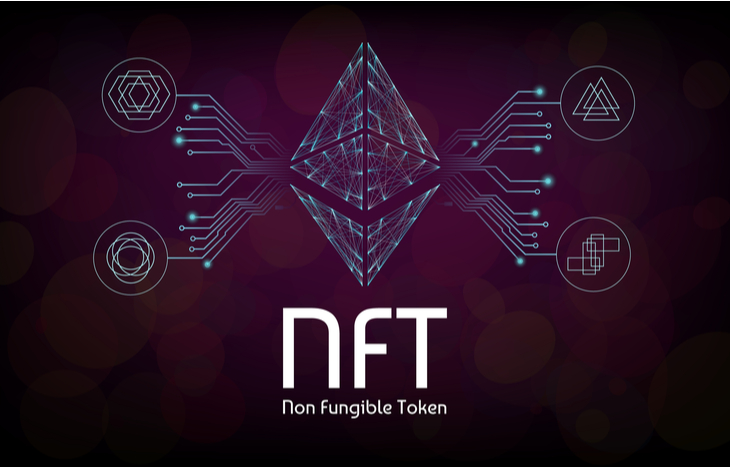Non-fungible tokens, or NFTs, are hotter than a barbeque in May right now. Here’s what they are, and why the world has gone NFT-crazy in the past month.
- Fungible (adjective): Replaceable by another identical item; mutually interchangeable.
For all their differences, that Rs 100 note in your pocket and a single bitcoin token share one important thing. They are no different from any other Rs 100 note or bitcoin. They were designed, as all currencies are, to be mutually interchangeable.
NFTs, on the other hand, are a class of cryptocurrency assets in which each item, or token, is entirely unique. This makes them useless as a currency, but quite useful for other things.
Such as? Well, creating digital art, for one.
- And because this is shiny new technology, and we’re human beings, and this is the internet, NFTs first went mainstream as—you guessed it—cats.
- Created in October 2017, CryptoKitties is a virtual game that allows players to adopt, raise and trade virtual cats.
From its website: “CryptoKitties is one of the world’s first blockc
hain games. ‘Blockchain’ is the technology that makes things like bitcoin possible. While CryptoKitties isn’t a digital currency, it does offer the same security: each CryptoKitty is one-of-a-kind and 100% owned by you. It cannot be replicated, taken away, or destroyed.”
So that’s it? Virtual cats? Not quite. A lot has happened since, especially in the past month , during which NFTs have turned from the nichiest of niche pursuits into a straight-up global obsession.
The Big Bang: On Feb. 15, 2021, the venerable Christies, founded in 1766, became the first major auction house to announce plans to sell a purely digital piece of art—an NFT created by digital artist Mike Winkelmann, aka Beeple.
Called Everydays-The First 5000, it comprises, as the name suggests, 5,000 individual images created every day from 2007 to 2021 and posted on Beeple’s Instagram.
If you think that’s absurd, get this.
An hour after the auction began on Thursday, the price jumped from $100 to $1 million.
Alex Rotter, Christie’s head of 20th and 21st century art, was understandably quite excited, writing: “#Beeple leads the way. It’s all happening” on Instagram.
But are NFTs just the latest fad, we hear you ask? They could be.
- For one, most NFTs currently exist on a single blockchain — Ethereum.
- And because humans gonna human, their use is for now largely restricted to creating and selling digital trinkets. Multi-million dollar trinkets, but trinkets nonetheless.
- It can also be tricky and time-consuming, not to mention energy-intensive, to develop decentralised applications for NFTs.
- There are also teething issues, too technical to go into here, around the protocols used to create them.
More importantly, they could one day revolutionise the way we create and execute agreements to exchange money, shares, property, or virtually any asset through smart contracts. These digital contracts could one day do away with the need for a third-party arbitrator, such as a court, and instead use a computer program on blockchain to confirm that the conditions have been met.
Now that would be revolutionary.













